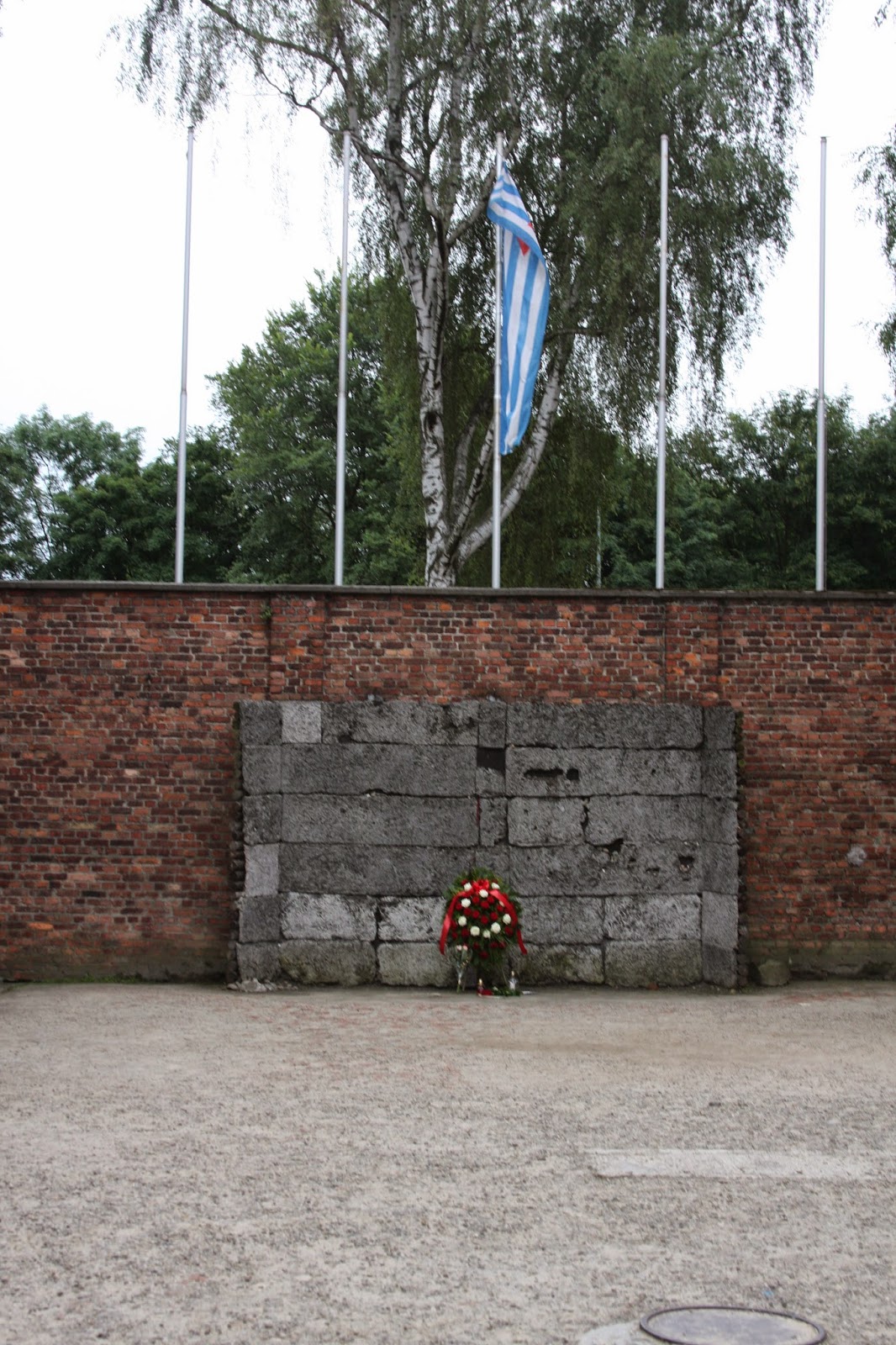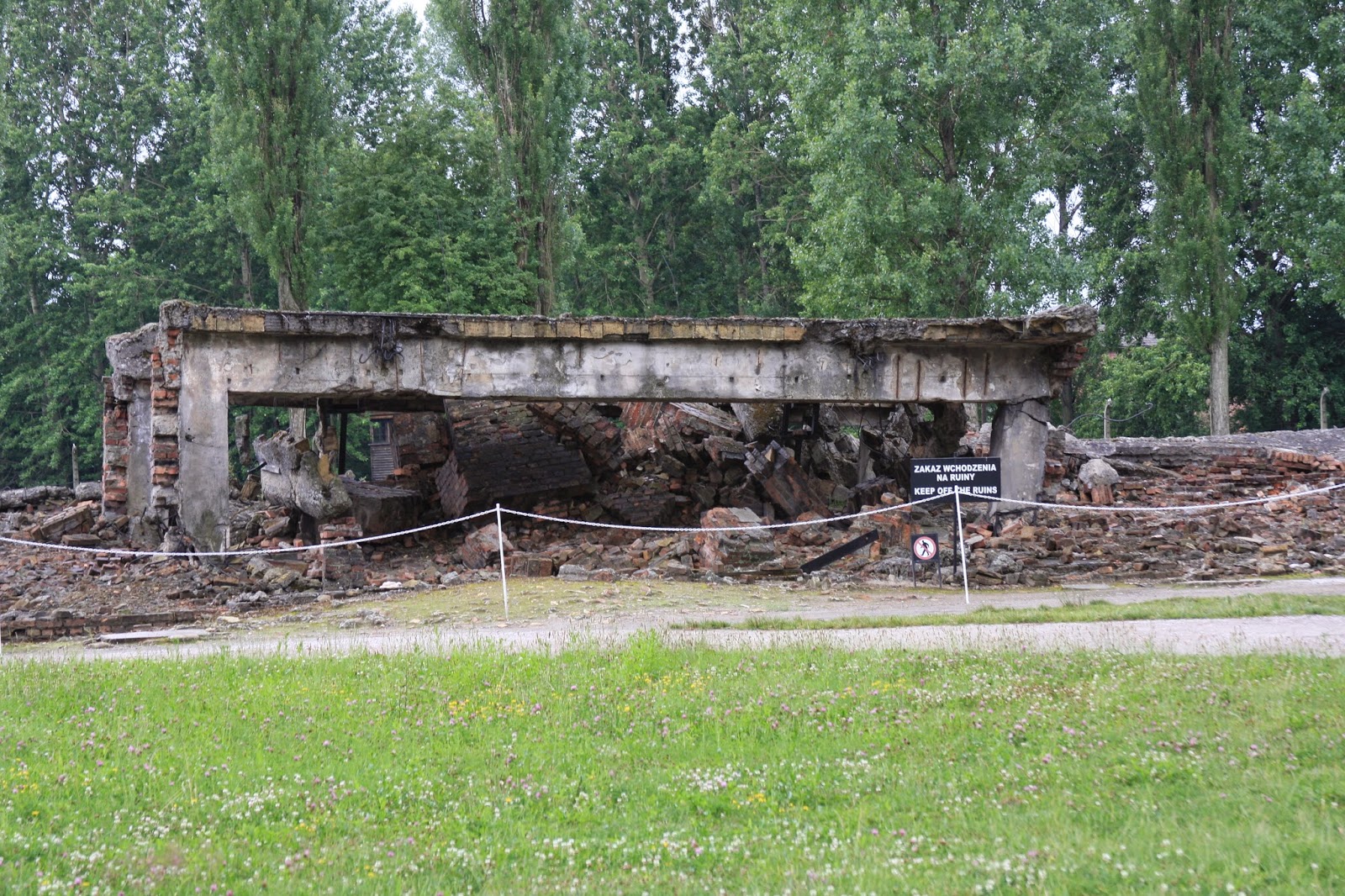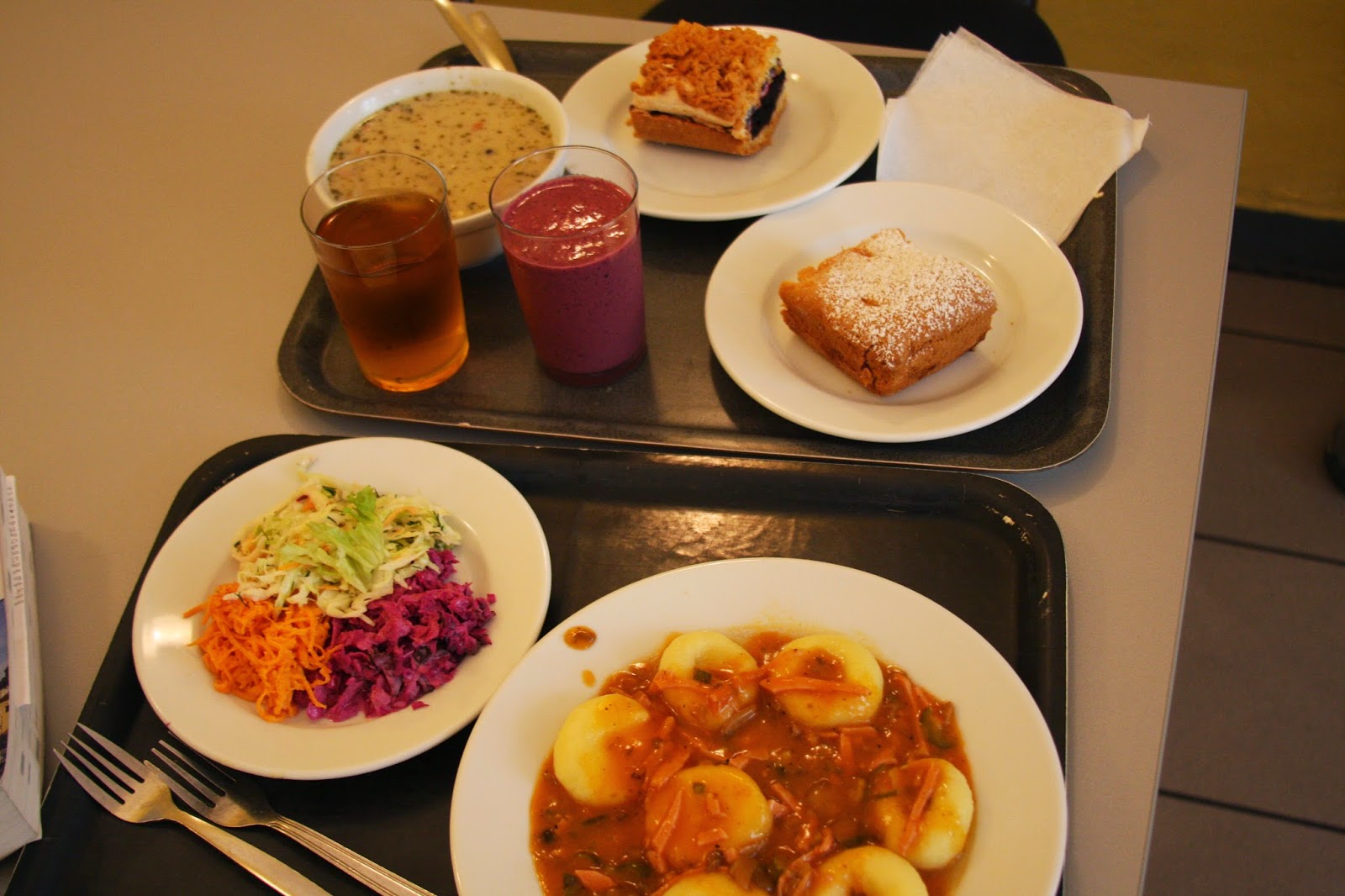I have always wanted to visit Auschwitz. It was high tourist season so we had to go through with a guide which was great because she was able to explain a lot of the history. The most impressive part to me that helped me understand how many people moved through the camp was when they showed some of the personal items that people had brought with them. Rooms 50 feet long with glass cases 20 feet high filled to the brim with shoes, another with suitcases that had names, birth dates and countries of origin on them. Another room had a case filled with 1000s of pairs of eye glasses, another with 1000s of pots and pans, cooking utensils. It is unbelievable. The hardest part was seeing the display of human hair. The Nazis would shave their heads and save their hair to use to make nets and textiles. When the camp was liberated they found 7 tons of hair that had yet to be delivered to the factories. Because of the massive amount found, they could only display 2 tons. It boggles my mind to think how many people it would take to make up 7 tons of hair. We also learned that the Nazis used every part possible of the person to make consumer goods; human fat to make soap and candles, human skin to make bags.
We saw the cells used for punishment. One of them the prisoners had to enter through a small door near the floor. The cell was built to hold 4 people, standing room only. Prisoners were put there as a punishment and would have to stand for hours, days even with no room to sit down. Suffocation was common because there were no windows. We also saw the starvation cell. The Nazis believed in collective responsibility. If someone escaped, the others who remained behind would be punished. Father Kolbe was a priest imprisoned in Auschwitz and the Nazis were carrying out a punishment due to collective responsibility. Father Kolbe offered to take another man's place in the starvation cell because the man was worried about what would happen to his family if he died. After two weeks, all the other prisoners in the starvation cell had died but Father Kolbe was still alive. The Nazis killed him with a lethal injection.
If you ever have the chance to visit Auschwitz, I highly recommend it. It is an impressive site and gives a deeper understanding into the history of the Holocaust.
Ashes from the crematorium.
Zyklon B gas cans
Eye glasses
Prayers shawls
Pots and pans taken from the Jews when they entered the camp.
The execution wall.
One of the death chambers. On the roof is the opening where they would drop the poison in.
Scratches made with fingernails from the Jews trying to escape imminent death.
Birkenau Concentration camp
Tuesday, July 29, 2014
Krakow July 1-3
We took a night train from Budapest to Krakow. Super fun! We've never done a night train before but I loved it. You fall asleep in one city and wake up in another. It's great.
Our first day we saw the old city gate and the barbican, a fortified outpost that used to connect to the old city walls. We explored Rynek Glówny, the main market square and the Kosciot mariacki, St. Mary's church. It houses the biggest altar in Europe.
After the church we walked around the old town and stopped at the milk pub Bar Mleczny "Pod Termida" for lunch. Milk pubs were started to give working class Polish an affordable place to go out to dinner after work. It is cafeteria style which is nice because then we could see what we were eating. We ate some delicious Polish dumplings with a meat sauce and a potato soup with sausage. Ben had a Skype interview during which I hung out a cafe and read my book. Afterwards we walked around the circular park, aka Planty and around the castle along the river.
The next day we went to Auschwitz. Wow. (See separate post for Auschwitz.)
Our last day we hung out at the hotel until check out because we were taking another night train and didn't want to be wandering the city all morning, afternoon and early evening. After we had to check out we tried to visit Waswel Hill but right before we got there they had evacuated the place because there had been a bomb threat! So we scooted along right quick to Schindler's Factory Museum which was far away from the hill. The museum was mostly about life in Krakow in the early 1940s which included a lot of information about Jews living there during that time. Quite interesting. Afterwards we were able to Skype my mom for a bit which was nice. For dinner we went back to Cyklop for the diavola pizza. The restaurant is run by an Italian man. It was the best diavola pizza I have ever eaten and while in Italy that was the only kind of pizza I ate. I would go back to Krakow just to eat that pizza again. After dinner it was time to head to the train station.
St. Mary's church
Inside St. Mary's church
Lunch at the milk pub
Schindler's Factory Museum
A cigarette pouch made from human skin.
Schindler's desk
A section of the wall that lists the names of the people he saved.
A sample of the pots that were made at Schindler's factory.
Our first day we saw the old city gate and the barbican, a fortified outpost that used to connect to the old city walls. We explored Rynek Glówny, the main market square and the Kosciot mariacki, St. Mary's church. It houses the biggest altar in Europe.
After the church we walked around the old town and stopped at the milk pub Bar Mleczny "Pod Termida" for lunch. Milk pubs were started to give working class Polish an affordable place to go out to dinner after work. It is cafeteria style which is nice because then we could see what we were eating. We ate some delicious Polish dumplings with a meat sauce and a potato soup with sausage. Ben had a Skype interview during which I hung out a cafe and read my book. Afterwards we walked around the circular park, aka Planty and around the castle along the river.
The next day we went to Auschwitz. Wow. (See separate post for Auschwitz.)
Our last day we hung out at the hotel until check out because we were taking another night train and didn't want to be wandering the city all morning, afternoon and early evening. After we had to check out we tried to visit Waswel Hill but right before we got there they had evacuated the place because there had been a bomb threat! So we scooted along right quick to Schindler's Factory Museum which was far away from the hill. The museum was mostly about life in Krakow in the early 1940s which included a lot of information about Jews living there during that time. Quite interesting. Afterwards we were able to Skype my mom for a bit which was nice. For dinner we went back to Cyklop for the diavola pizza. The restaurant is run by an Italian man. It was the best diavola pizza I have ever eaten and while in Italy that was the only kind of pizza I ate. I would go back to Krakow just to eat that pizza again. After dinner it was time to head to the train station.
St. Mary's church
Inside St. Mary's church
Lunch at the milk pub
Schindler's Factory Museum
A cigarette pouch made from human skin.
Schindler's desk
A section of the wall that lists the names of the people he saved.
A sample of the pots that were made at Schindler's factory.
Subscribe to:
Comments (Atom)




















































